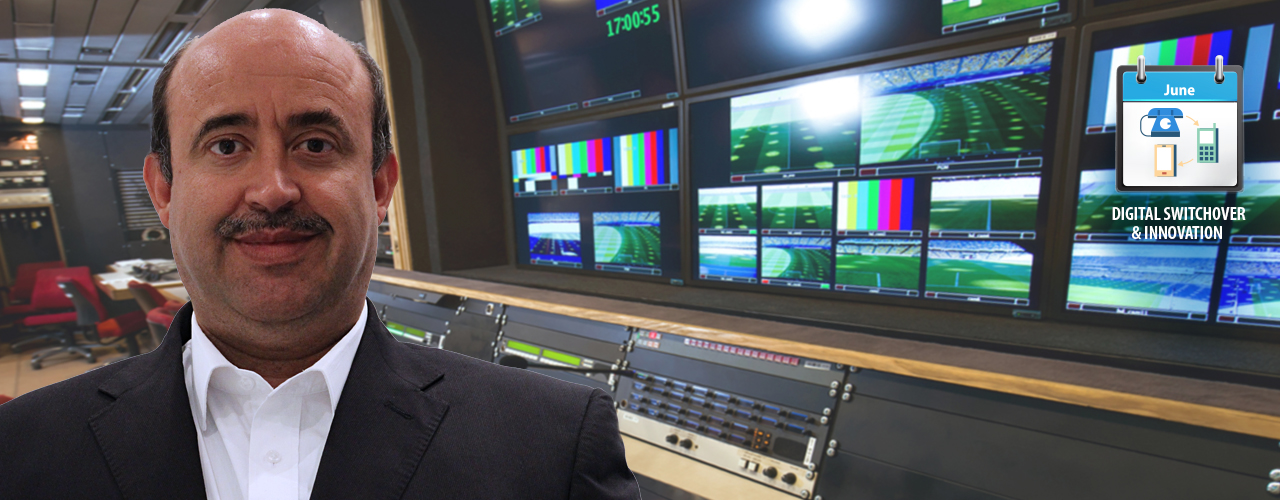Innovating with Bassil: What is the ‘Digital Switchover’ and why does it matter?
Television is enjoyed by billions of people around the world, but viewers in Africa, the Middle East, Europe, and Central Asia (known as Region 1 at ITU) will soon be able to access a range of new services and programming thanks to the ‘digital switchover’. Bassil Zoubi is a career Engineer who has worked in the broadcast industry for decades and he shares with us why he believes this migration to digital television is important and looks at the wide-ranging impact it can have.
For consumers, the means of watching television (TV) is simple and has remained largely unchanged since the 1950s: push a button and news from around the world, memorable storylines and images of far-flung places are beamed directly to you. Yet behind the scenes, television is a complicated affair. Working as Head of Maintenance Engineer at Jordan Radio and Television Corporation until 1994, I have fond memories of rooms full of canisters of film, the whirring of video tape machines, towering transmitters with complicated wiring, and expansive audio consoles all working to air the programme schedule that was planned weeks before transmission. Yet, television is evolving as we move towards the digital era, and most of the equipment that I used is now obsolete.
This shift towards digital broadcast means that consumers can enjoy a wider variety of shows on multiple channels with a better quality of broadcast. It also facilitates reduced power and energy consumption, and spectrum efficiency which brings a host of associated benefits for consumers and broadcasters. But this shift from analogue to digital broadcasting also brings its own set of challenges.

